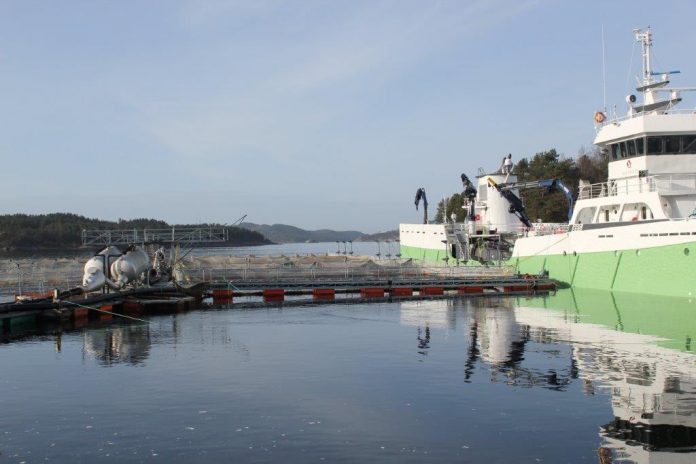Forecasts of high-costs and low prices say little of these historic times for salmon markets
In forecasting tomorrow’s weather, you stand a statistically better chance of hitting a bulls eye by sticking to today’s weather.
Recent industry forecasts of sunny days have been few. The second half of 2017 was characterized by biomass build-ups, stock exchange slumps and a steep fall in prices.
From the middle of May to year’s end, the salmon price fell 33 percent. Yet, it’s not all black. That fall was from sky-high levels, and the start of 2018 is already showing the third-highest achieved salmon price in three decades.
Golden age
In this salmon-industry golden age — otherwise known as the past five years — higher spot prices have only been registered in two previous years: 2016 and 2017. Skipping those, you have to go back to 1987 to beat the price levels we’ve seen at the start of January 2018.
 At yesterday’s official unveiling of Norwegian export numbers for 2017, The Norwegian Seafood Council ventured a price tip. They landed on a number that was a little surprising coming from a marketing outfit for fish — a small drop to NOK 52 kroner (EUR 5) a kilo for the rest of the entire year.
At yesterday’s official unveiling of Norwegian export numbers for 2017, The Norwegian Seafood Council ventured a price tip. They landed on a number that was a little surprising coming from a marketing outfit for fish — a small drop to NOK 52 kroner (EUR 5) a kilo for the rest of the entire year.
The price tip from Tromso is clearly on the downside of the brokerage-house consensus estimate, which is the mid-50-kroner range, and also under commodity index Fish Pools’ 2018 contracts, already trading at NOK54.40/kg (EUR 5.6/kg).
Inflated
The last few years have also been a period of inflated cost-side. Not because salmon farmers are repeating the oil industry’s “cost spiral” — as misunderstanding observers continue to insist — but due to a cost-driving, regulator-imposed battle with sea lice. Salmon’s full cost has creeped up into the 30-kroner (EUR 3) range.
Regardless, so-called normalized prices that imply an EBIT per kilo of NOK 4 to NOK 5 (EUR 0.4 to EUR 0.5) are still a ways away.









